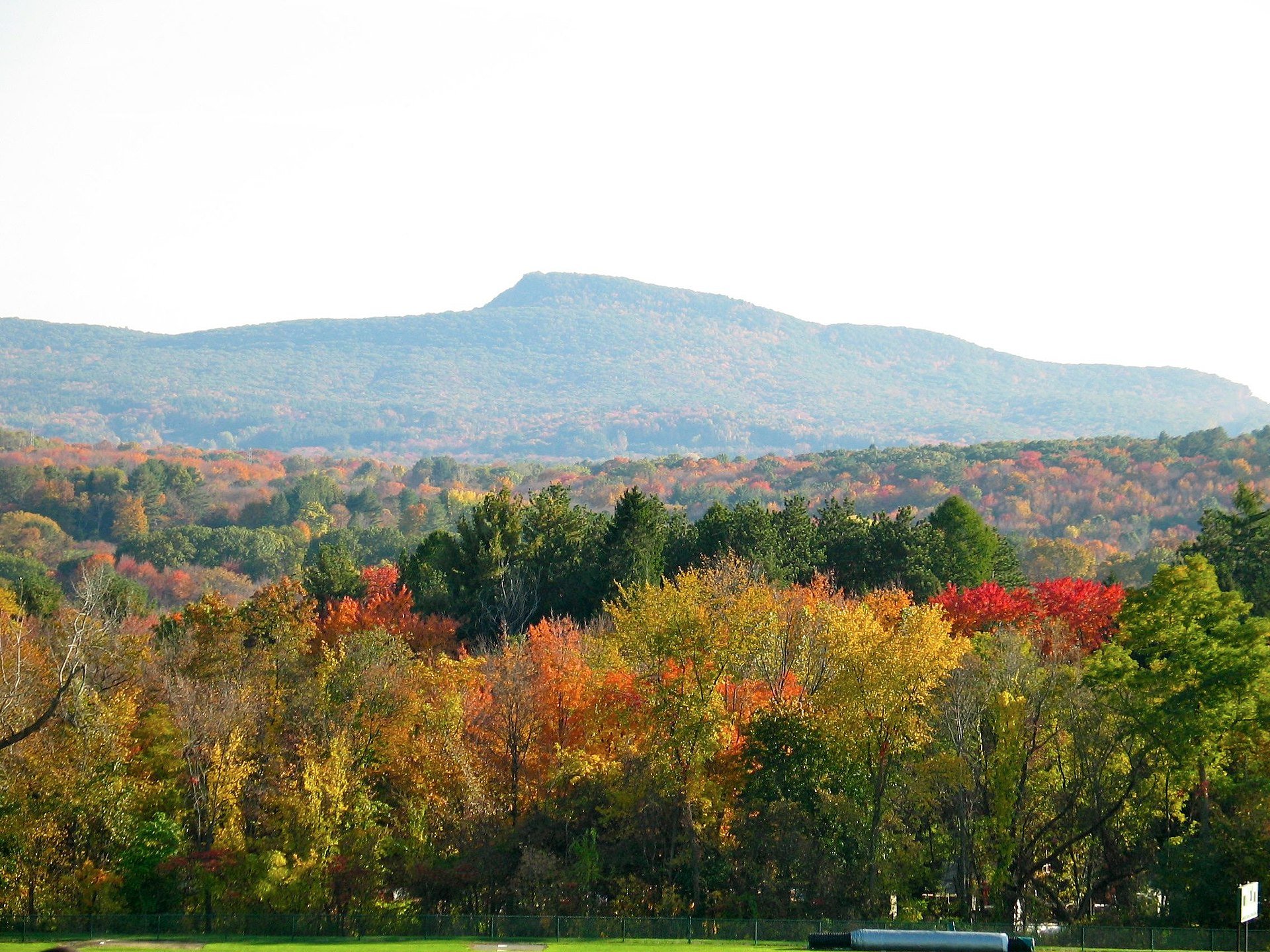
Longing for Indian summer
In the Berkshires
“Those grown old, who have had the youth bled from them by the jagged edged winds of winter, know sorrowfully that Indian summer is a sham to be met with hard-eyed cynicism. But the young wait anxiously, scanning the chill autumn skies for a sign of her coming.’’
— From Grace Metalious’s 1956 novel Peyton Place, set in a small New Hampshire town and considered by many at the time to be pornographic. It looks very tame now.
Waiting for a freeze
“Autumn Leaves’’ (oil on canvas), by Sir John Everett Millais (1829–1896)
Adapted from Robert Whitcomb’s “Digital Diary,’’ in GoLocal24.com
“Indian summer is like a woman. Ripe, hotly passionate, but fickle, she comes and goes as she pleases so that one is never sure whether she will come at all, nor for how long she will stay.”
―The weirdly sexist opening of the novel Peyton Place (1956), by Grace Metalious (1924-1964), who based the once-thought nearly obscene novel on what she saw and heard living in New Hampshire, with Gilmanton considered the model for Peyton Place.
We’re waiting for a freeze in a few days to send most of the leaves from the trees falling in one fell swoop, as often happens a few days before Halloween.
Years ago, this would be followed by air suffused with the sweet smoke from innumerable leaf-pile fires. Despite the bluish air pollution, worsened by the atmospheric inversions common in the fall, we always looked forward to leave-burning season. Leaf-burning is now banned in many communities, mostly for public-health reasons.
— Photo by David Hill
As everything else slows down -- even without a frost the grass grows more slowly -- the squirrels seem to scurry faster amidst the acorn caps. (They’ve stashed away most of the acorns (oak nuts).)
I’m looking forward to that mild, still, dry, hazy and pleasantly melancholy time called Indian Summer that follows the first real freeze. It grants the best walking weather of the year. But get out those light boxes to treat your SAD.
High Street in Gilmanton, N.,H., in 1910.
Mount Norwottuck in the Mount Holyoke range, on the border between the towns of Amherst and Granby, Mass.
— Photo by Andy Anderson
Reconciling with New England
The Fairbanks Athenaeum, in St. Johnsbury, Vt., the center of culture for the Green Mountain State’s “Northeast Kingdom.’’
“New England haunted the minds of Americans, who tried to read its riddle, as if for their soul’s good they must know what it meant….For it meant much to Americans that this old region should fare well, as their palladium of truth, justice, freedom and learning. They could not rest until they were reconciled to it, and until it was reconciled to them.’’
Van Wyck Brooks, in New England Indian Summer (1940)
— Photo by Doug Kerr on what appears to be an Indian Summer day, which in New England is usually taken to mean mild and calm (or perhaps with a soft southwest wind) days after the first freeze.
Sent by a wind from Cautantowwit
"{Indian summer} comes after the early frosts, when the wind is southwest, and the air is delightfully mild and sweet. The sky is then singularly transparent, pure and beautiful, and the fleecy clouds are bright with color. The Indians believed the season to be caused by a wind that was sent from the southwestern god Cautantowwit, who was regarded as superior to all other beings in benevolence and power, and the one to whom their souls went when the departed from the earthly body.''
-- By Sidney Perley, in Historic Storms of New England (1891)
Cautantowwit was a deity of the Narragansett Indians
Indian Summer and Squaw Winter
Chrysanthemum, the November birth flower.
Yet not all is wind, cloud and participation this month; the anticyclonic conditions that produce indian Summer spells in October often reestablish their influence….{The jet stream} may bring “Squaw Winter, described as a brief period of freeze and frost in mid-autumn, which is succeeded by spells of Indian Summer weather under anticyclonic controls.’’
— From the November chapter of New England Weather Book, by David Ludlum
Defining Indian summer
"{Indian summer} comes after the early frosts, when the wind is southwest, and the air is delightfully mild and sweet. The sky is then singularly transparent, pure and beautiful, and the fleecy clouds are bright with color. The Indians believed the season to be caused by a wind that was sent from the southwestern god Cautantowwit, who was regarded as superior to all other beings in benevolence and power, and the one to whom their souls went when the departed from the earthly body.''
-- By Sidney Perley, in Historic Storms of New England (1891)









